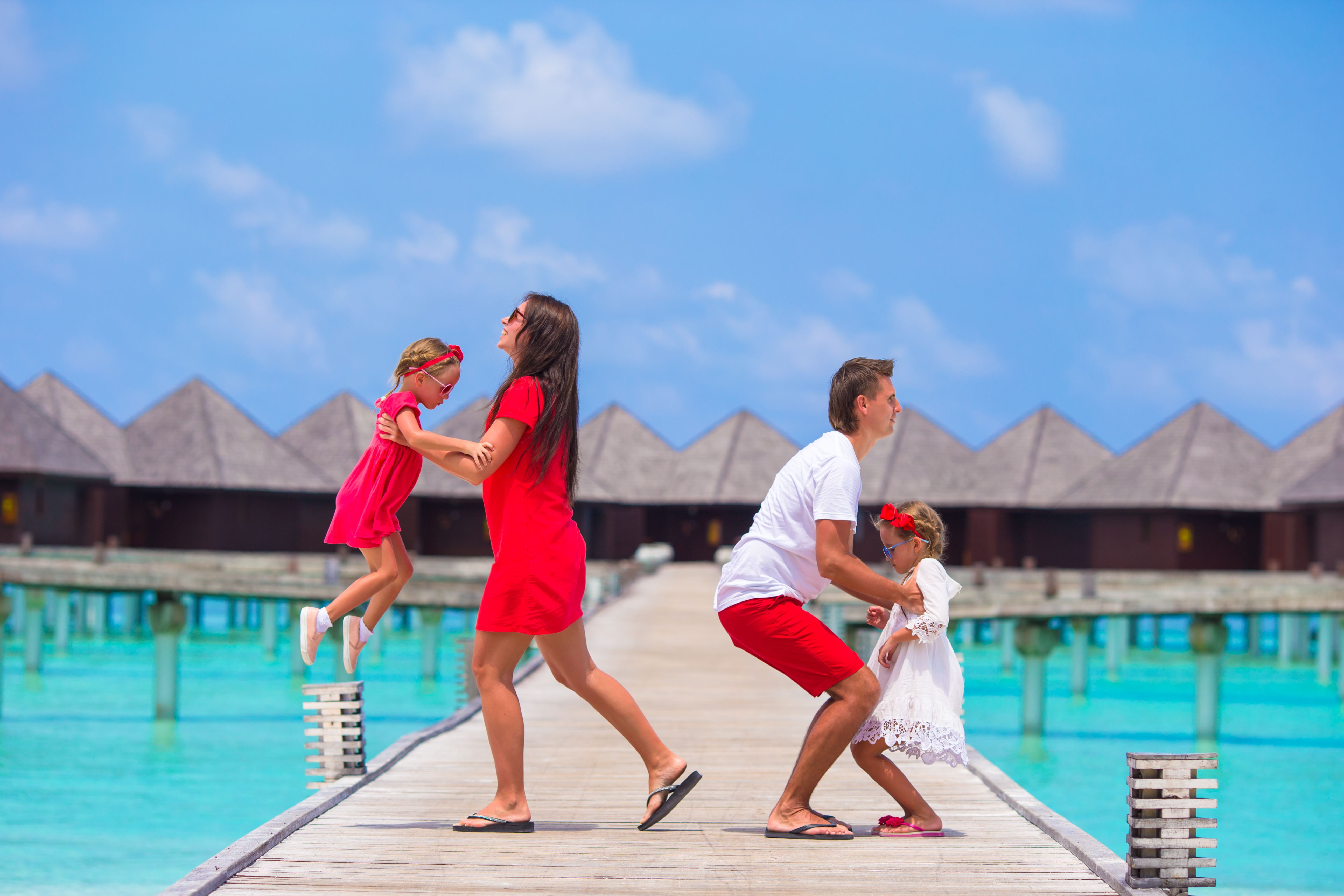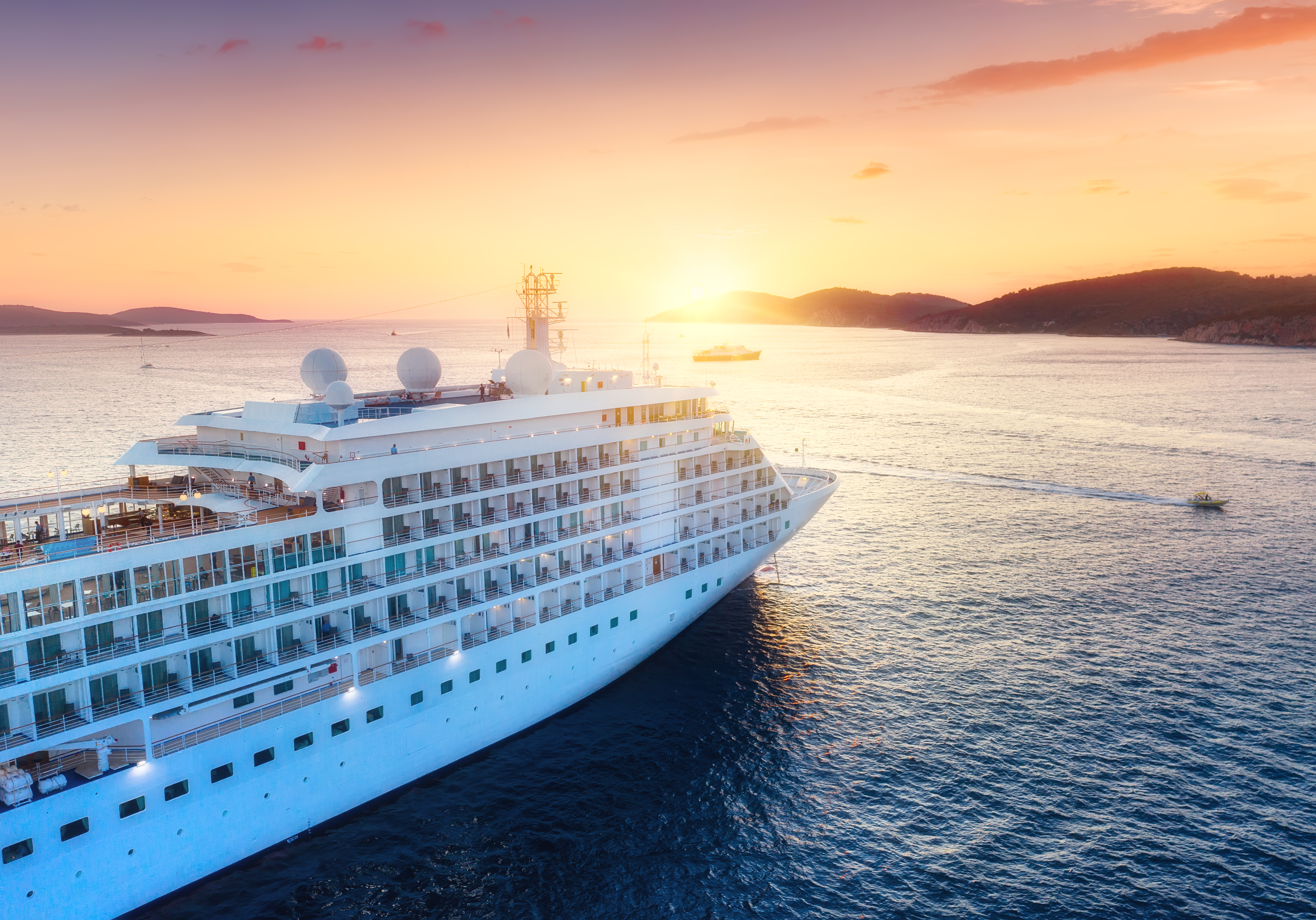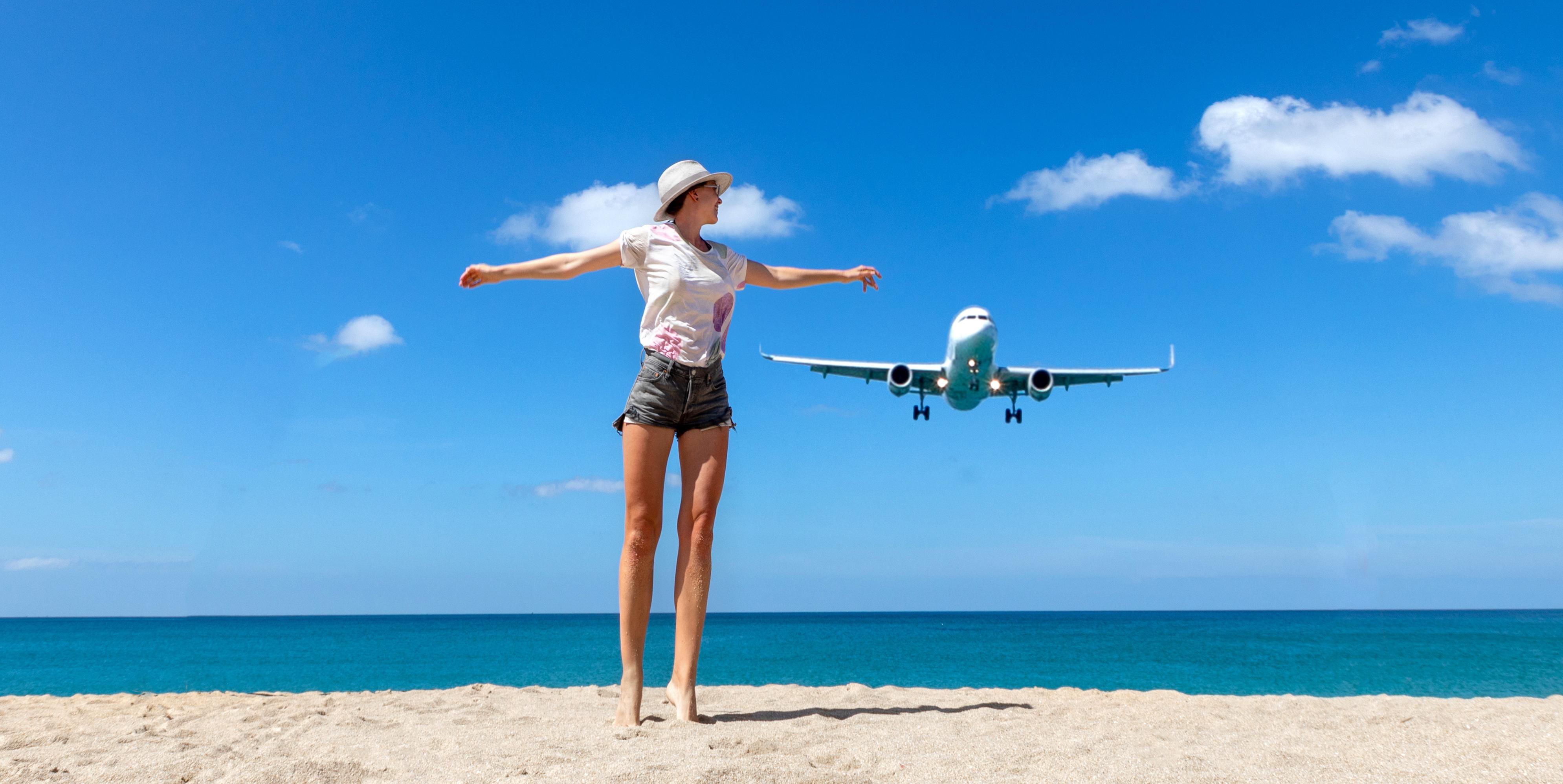Tourist Taxes That Could Secretly Inflate Your Next Cruise Bill
Cruise vacations are often sold as the ultimate hassle-free getaway—one price, endless pampering, and no need to sweat the fine print. But beneath that all-inclusive promise lies a quiet reality: a growing patchwork of tourist taxes that can seriously inflate your final bill. From Venice’s crowd-control entry fee to Australia’s border charge, these port-by-port levies aren’t always clearly disclosed up front. They sneak in as "port fees," "government taxes," or mysterious line items on your invoice—small enough to go unnoticed, but hefty enough to matter when stacked across a multi-stop itinerary. Whether you're island-hopping in Greece or chasing glaciers in Alaska, understanding these hidden costs is the key to smarter budgeting and fewer unwelcome surprises. This guide breaks down the real tourist taxes cruise passengers face—so you know what you're really paying for every time the ship pulls into paradise.
1. Venice, Italy – Access Fee (€5–10/day)
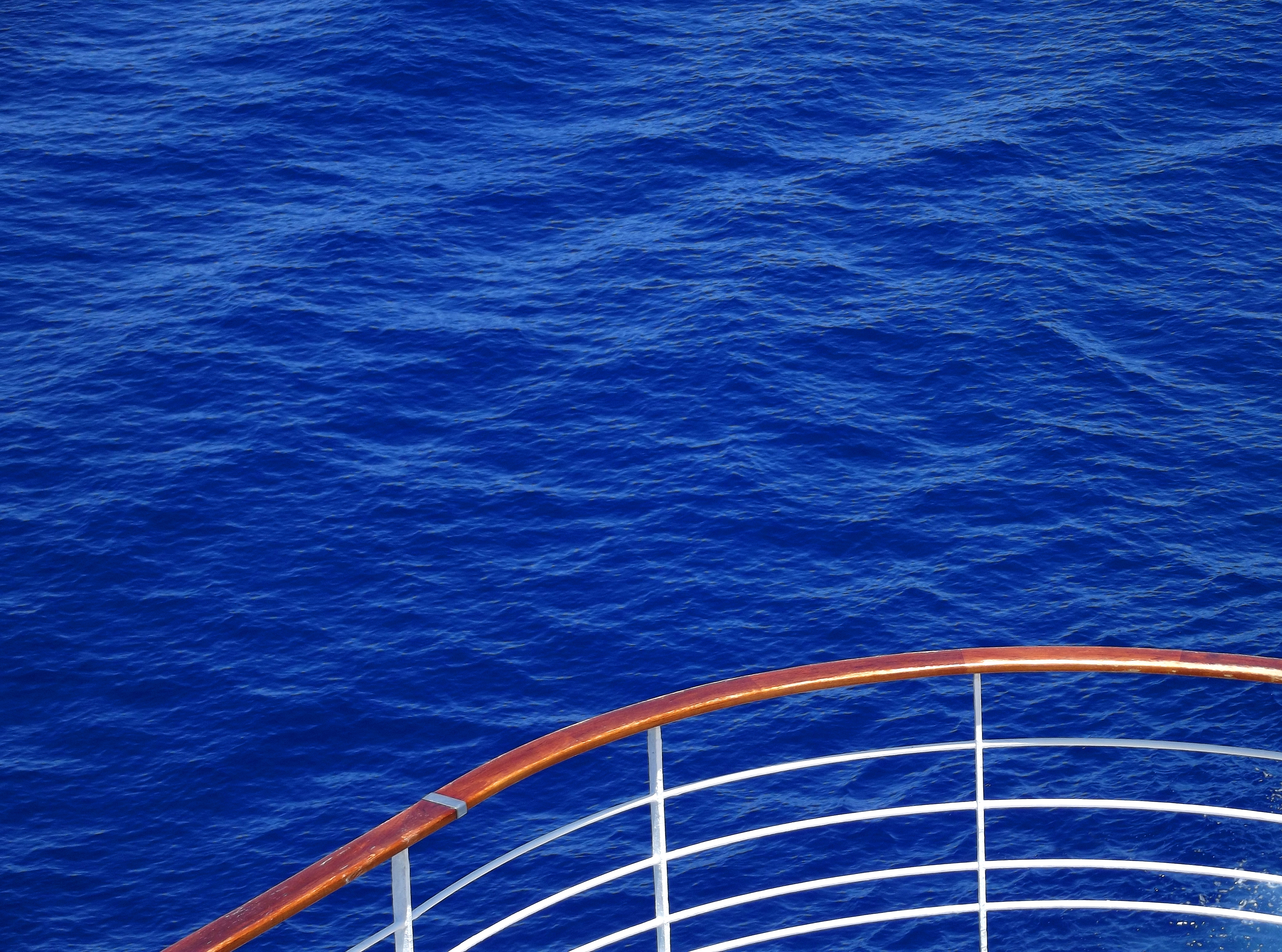
In a move to curb overtourism and preserve its fragile historic core, Venice began charging a day-tripper entry fee between €5 and €10 starting in 2024. This applies to cruise passengers who don’t stay overnight. While some cruise lines may temporarily cover this fee, many now pass it on to guests as part of port charges or final bills. The fee applies on peak tourism days, and enforcement is strict—complete with turnstiles and QR code checks. Think of it as Venice’s version of crowd control, quietly adding a hidden cost to your gondola daydream.
2. The Bahamas – VAT & Head Tax (~$18–$20/person)
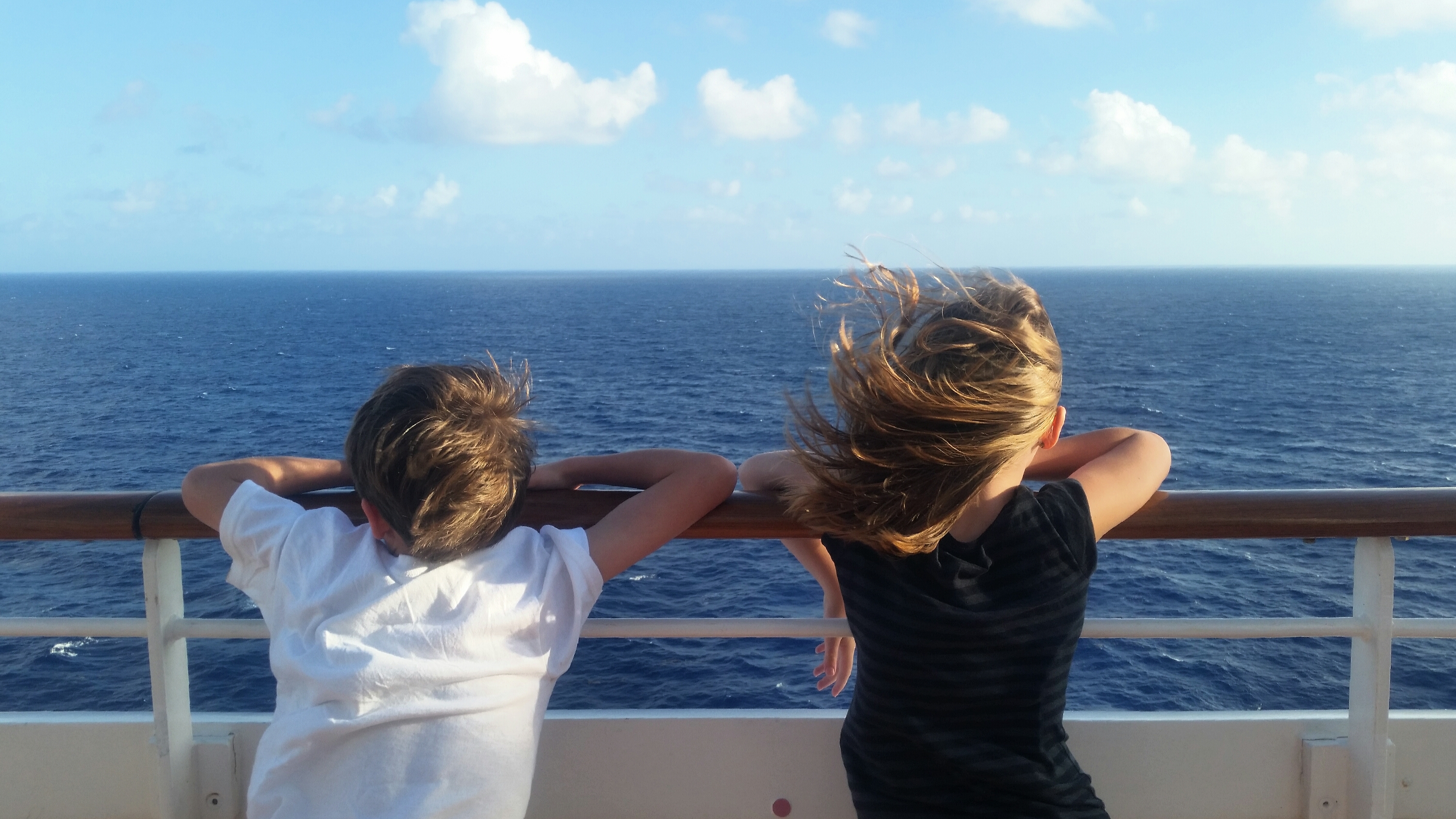
The Bahamas isn’t just sun, sand, and surf—it’s also quietly taxing your cruise stop. Expect a head tax of around $18 to $20 per person for each Bahamian port your ship visits, including popular stops like Nassau or private islands like CocoCay. In addition, the country levies a 10% VAT on goods and services purchased while your ship is docked. That drink you grabbed onboard in port waters? Taxed. That souvenir from a straw market? Also taxed. It all adds up, especially on multi-island itineraries where each docking brings a fresh round of fees.
3. Mexico – Tourism Tax (~$11–$13/person)
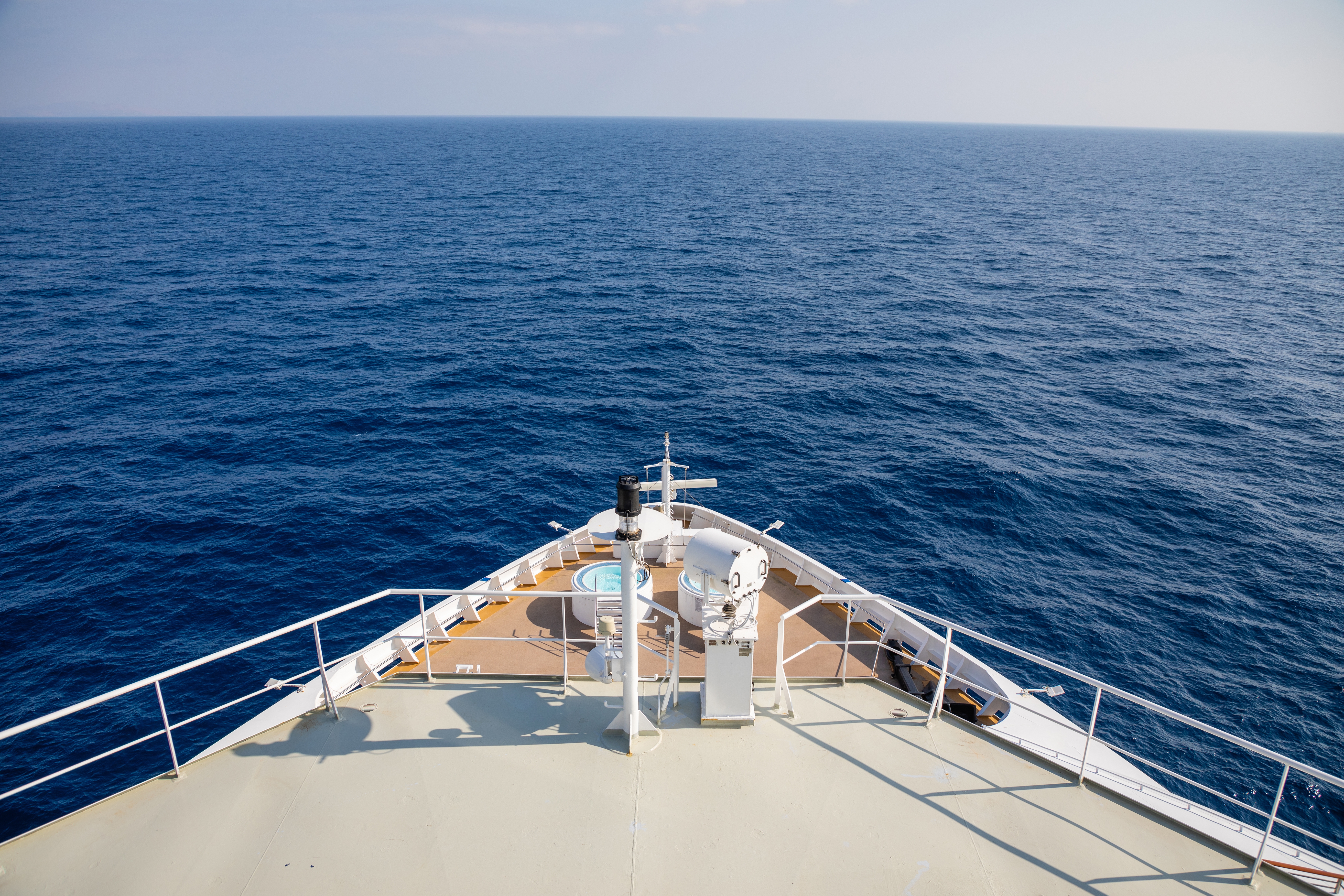
Mexico’s turquoise ports like Cozumel and Progreso come with a federal tourism tax often overlooked in fare breakdowns. The fee typically ranges from $11 to $13 per passenger and may appear as a standalone line item on your invoice or be quietly bundled into the cruise price. The funds support tourism infrastructure and environmental protection. However, with many cruise lines varying in how transparently they disclose the fee, passengers are often unaware they’ve been taxed until after the fact. On family cruises, these per-person fees can quietly balloon your bill without warning.
4. Alaska – State & Local Port Fees (~$19–$30/person)
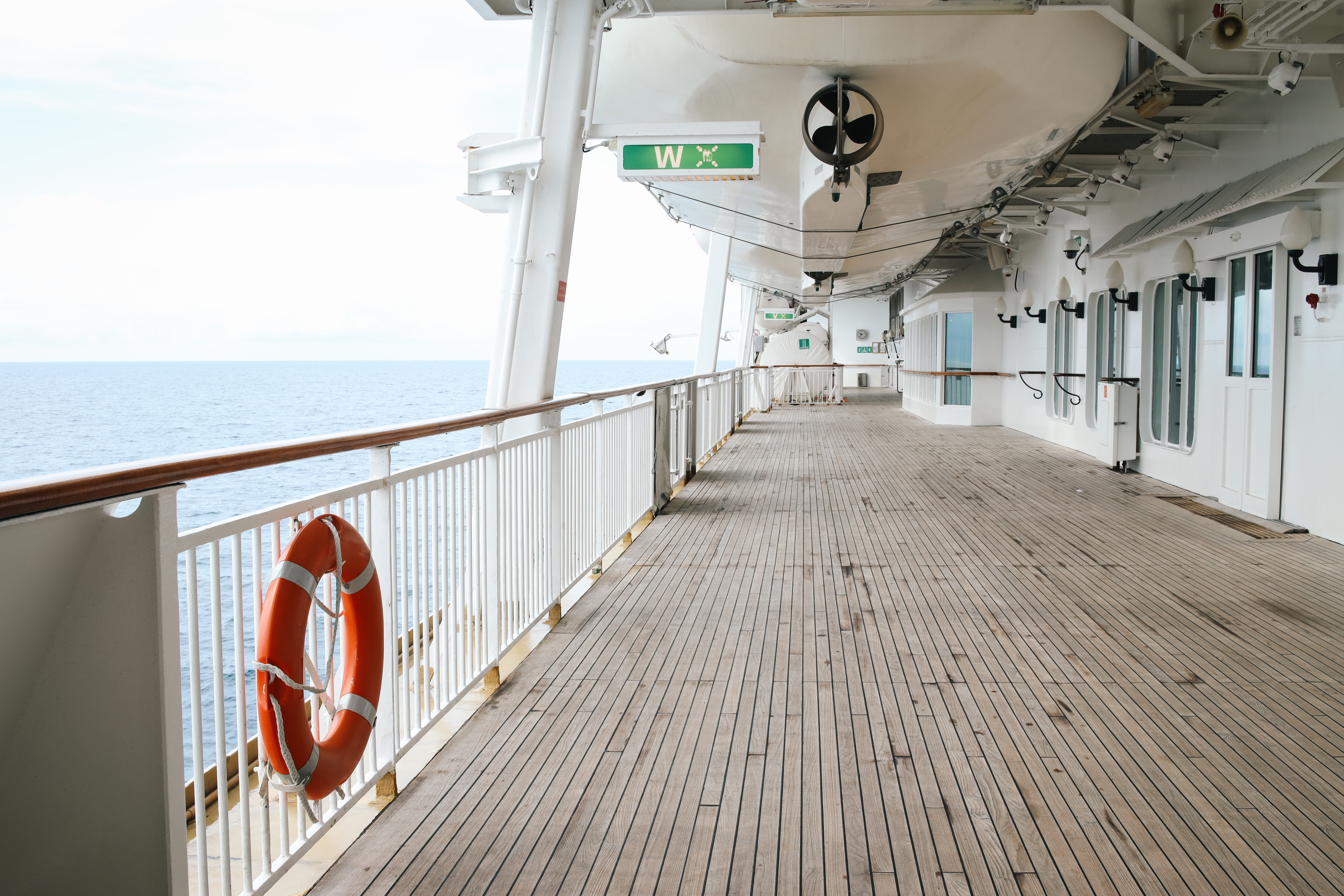
Alaska's awe-inspiring glaciers come at a cost beyond your base fare. The state imposes a $19 per-person cruise passenger tax, while individual ports layer on their own fees—like Juneau’s $5 marine passenger fee or Ketchikan’s similar levy. Combined, these charges can total close to $30 per person per port. For a weeklong Alaska cruise stopping at three or four destinations, you could be facing an extra $100 or more per traveler. These funds go toward managing infrastructure strain, maintaining port facilities, and addressing environmental impacts from the growing cruise industry.
5. French Polynesia – Environmental Protection Fee (~$2.50–$4/day)

Idyllic stops in Bora Bora, Moorea, or Papeete may feel like paradise—but that tropical serenity includes a quietly accumulating environmental protection fee. Typically ranging between $2.50 and $4 per person per day, this fee supports coral reef preservation, waste management, and sustainability efforts across the islands. Over a 10-day luxury cruise through French Polynesia, that adds up to $40 or more per passenger. While modest at first glance, the fee becomes significant on extended voyages and is often embedded within port taxes or daily charges, hiding in plain sight on your final invoice.
6. Barcelona, Spain – Cruise Passenger Tax (~€3–€5/person)
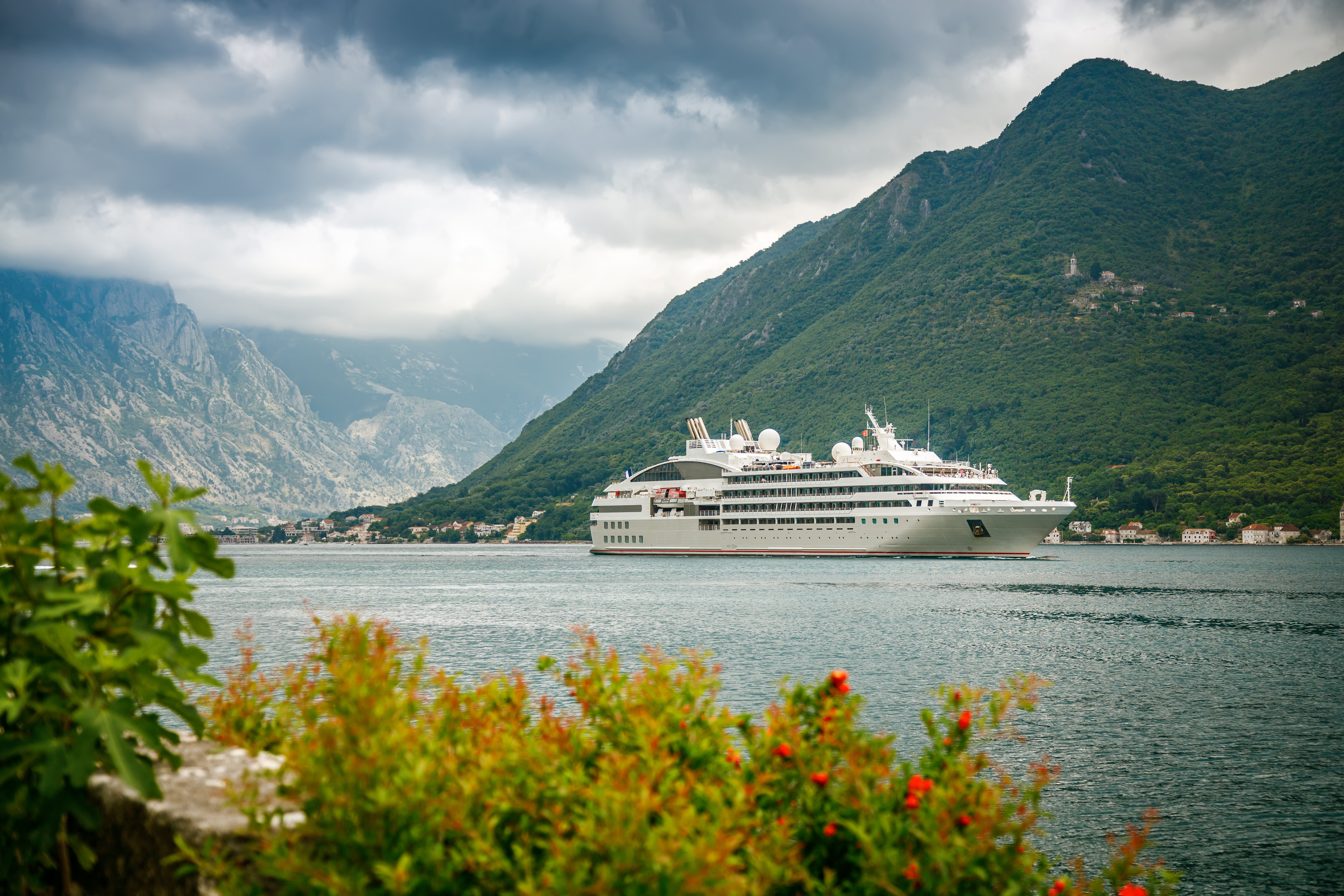
Barcelona, one of Europe’s busiest cruise ports, charges a special tourist tax just for cruise passengers. Depending on your length of stay and port terminal, this tax can range from €3 to €5 per person. While it sounds small, Barcelona receives more than 2.5 million cruise visitors annually—making it a sizable source of revenue. The funds are used to combat overcrowding, fund city maintenance, and improve sustainability. And yes, it’s charged even if you never leave the ship. For large families or groups, this seemingly minor fee can quietly snowball into an extra €20–€30 added to your bill.
7. Greece – Port Infrastructure Fee (~€4–€8/person)
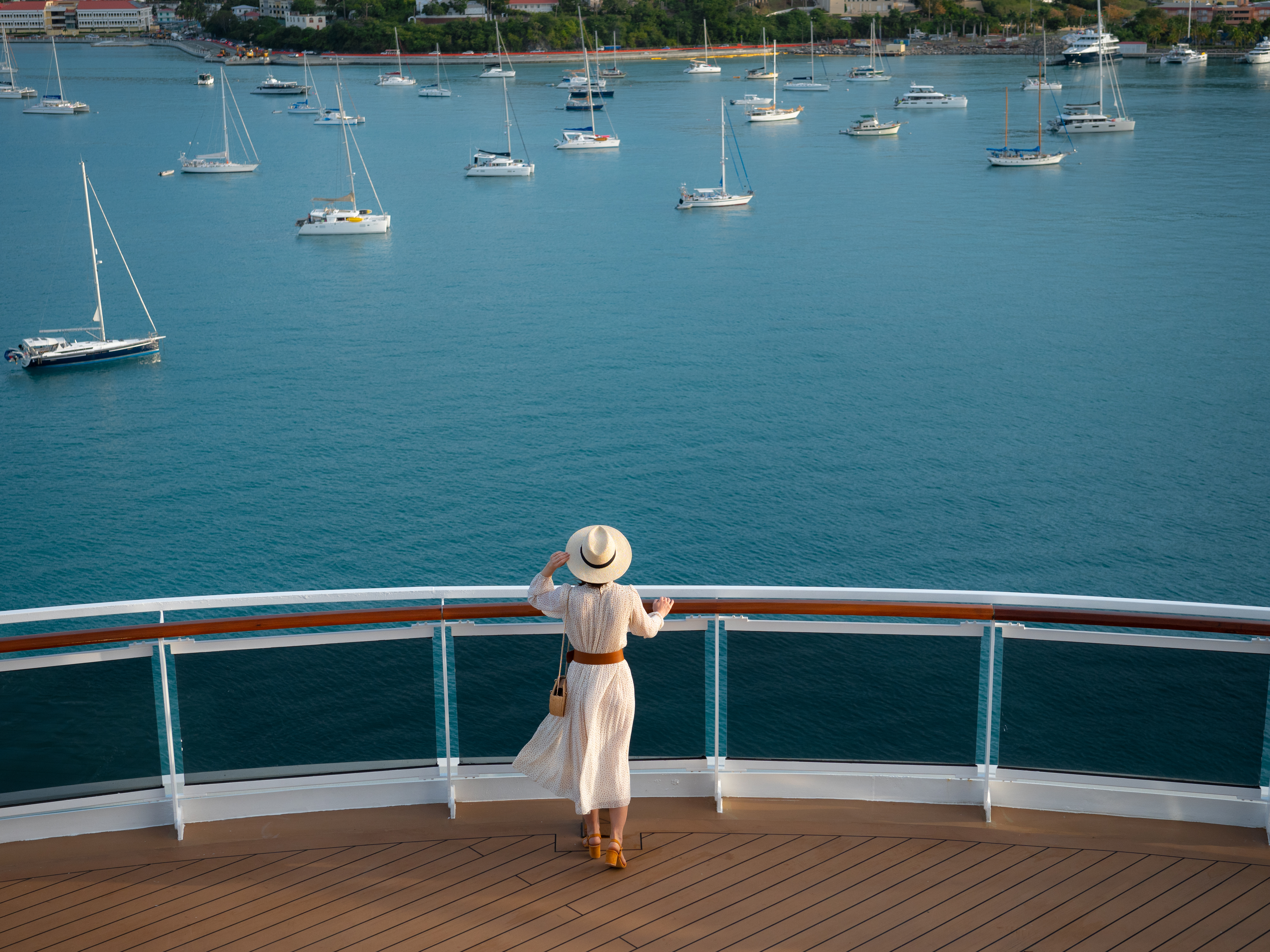
Whether you’re pulling into Santorini’s caldera or the bustling port of Piraeus near Athens, Greek ports apply a cruise passenger fee aimed at supporting infrastructure upkeep and tourism services. The fee typically ranges from €4 to €8 per person and is collected for every port of call, not just your first. On popular island-hopping itineraries, this charge is often multiplied across several ports. Though usually bundled into your cruise fare, it may still surface as a "government tax" or "port fee" on your invoice. It’s a small but persistent way Greece keeps the whitewashed magic humming.
8. Australia – Passenger Movement Charge (~AUD $60/person)
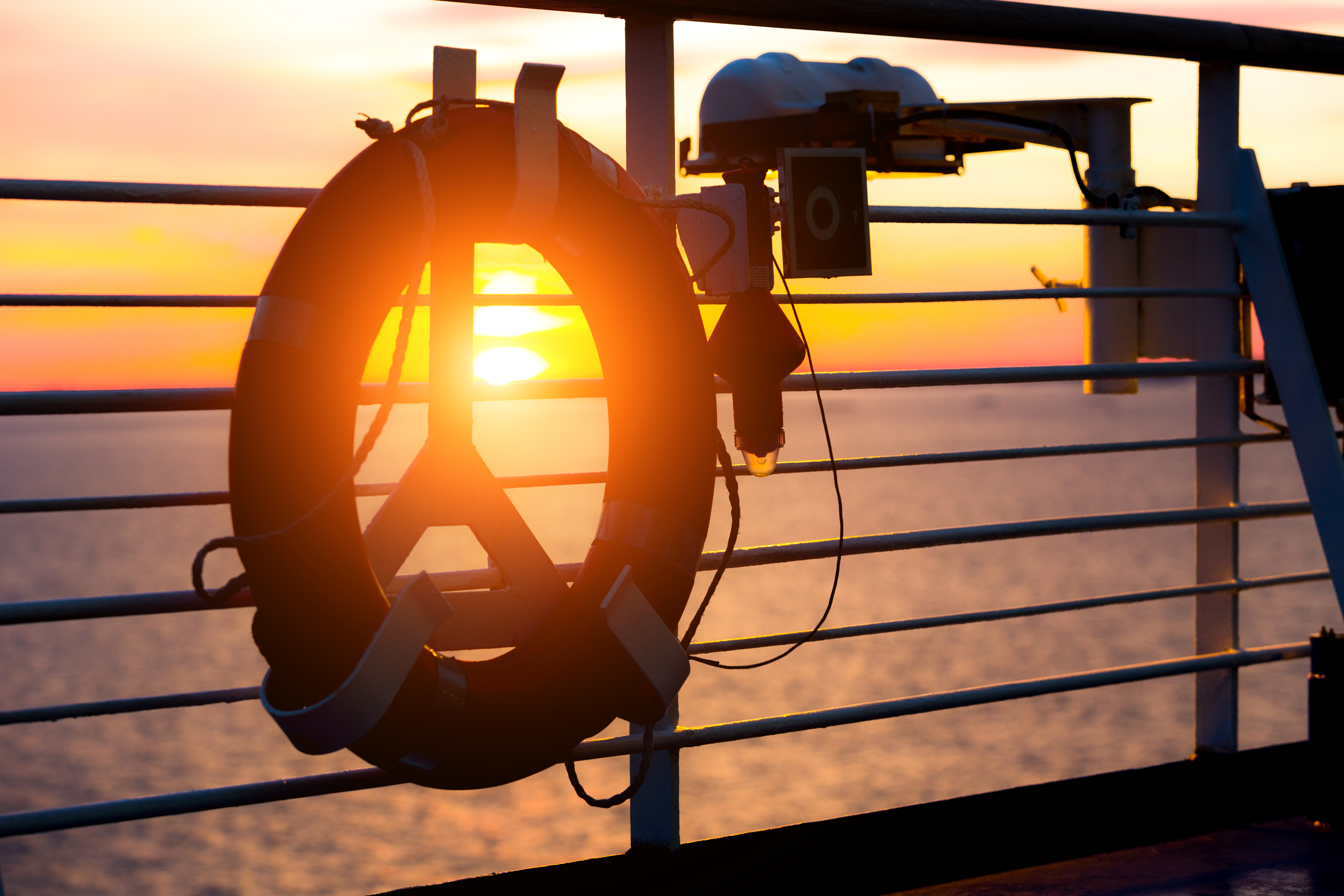
Australia applies a hefty Passenger Movement Charge (PMC) of AUD $60 (around USD $40) to international travelers, including cruise passengers entering or departing from an Australian port. While it’s generally included in international cruise fares, some budget lines or repositioning cruises may list it separately. The fee supports border security and immigration infrastructure but can be a rude surprise for travelers who assume it's already covered. Popular cruise destinations like Sydney, Brisbane, and Melbourne all fall under this rule. For couples or families booking last-minute deals, this tax can sharply erode perceived savings.
9. Croatia – Sojourn Tax (~€1–€3/day)
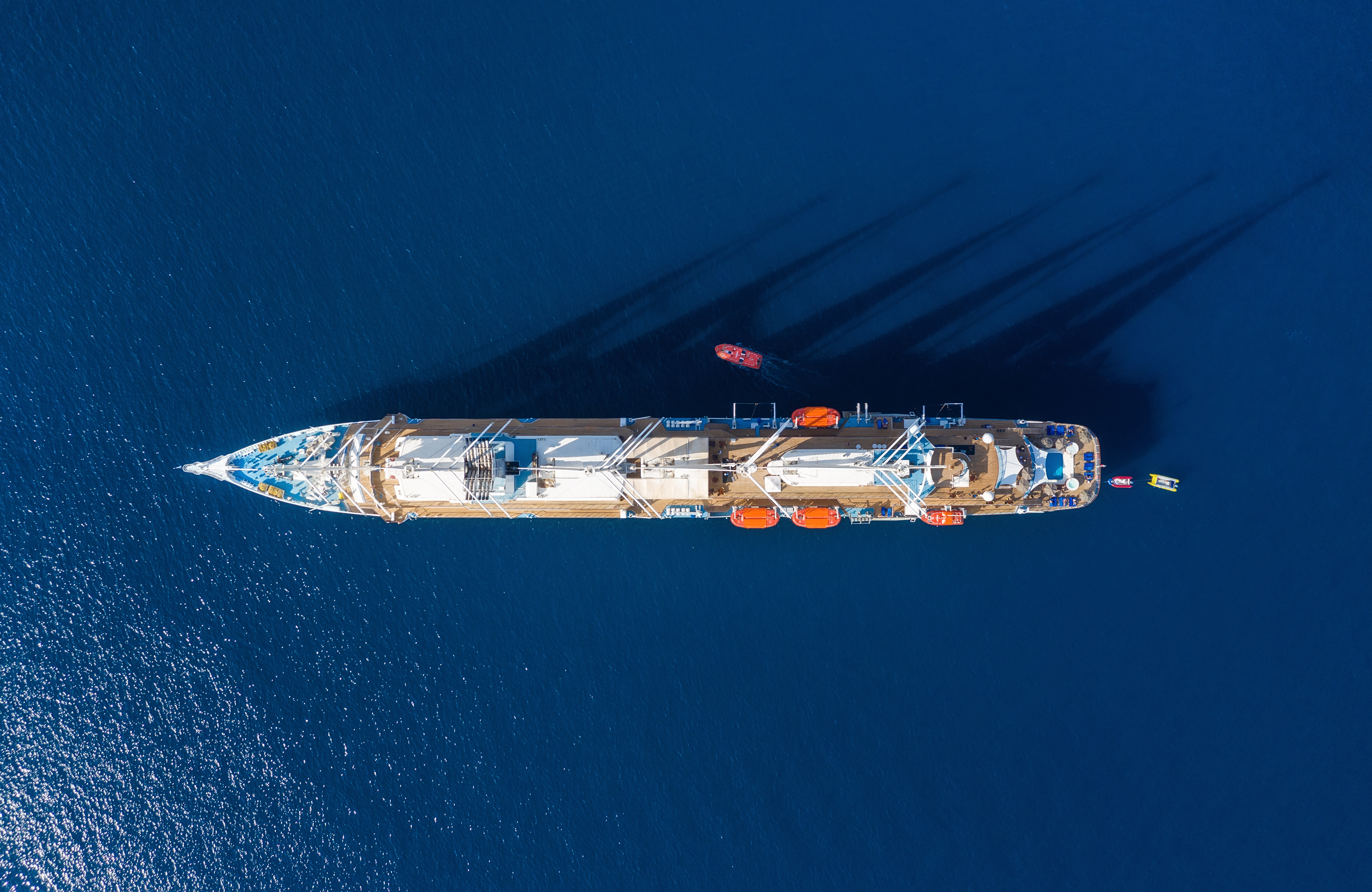
Croatia’s postcard-perfect coastline—from Dubrovnik to Split—comes with a lesser-known sojourn tax, applied daily to cruise visitors. Typically falling between €1 and €3 per person, per day, the tax is intended to support local tourism, waste management, and coastal preservation. The fee often goes unnoticed, buried within port charges or vaguely labeled “government fees.” Yet over a 7-day Adriatic cruise, the total can surpass €20 per traveler. With Croatia increasingly popular among luxury and boutique cruise lines, expect this charge to remain a quiet but consistent addition to your total cost.
10. Canada – Port Development Fees (~$15–$25/person)
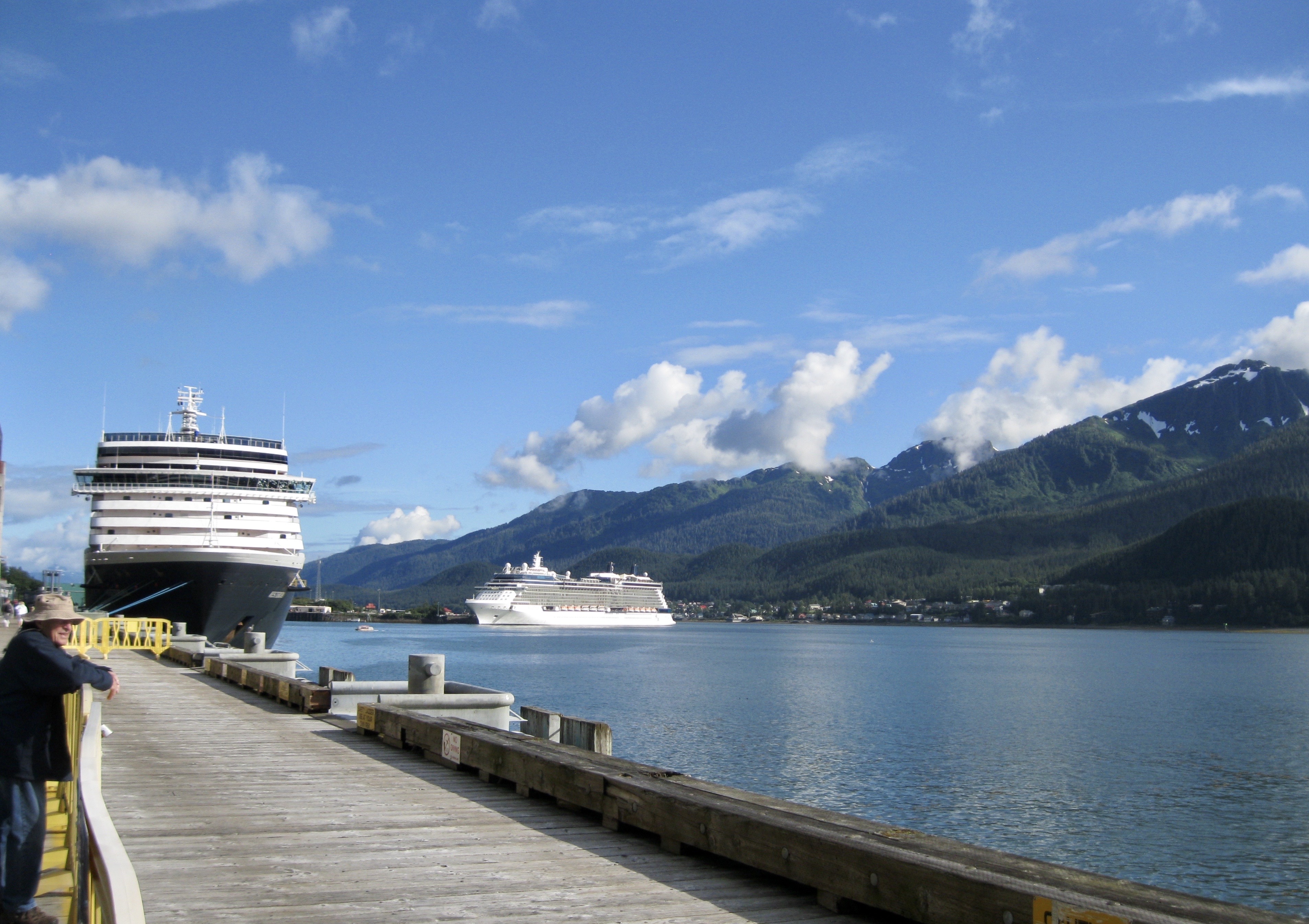
Cruises docking in Canadian ports like Vancouver, Halifax, or Québec City often include Port Development Fees of around $15 to $25 per person. These fees fund long-term infrastructure improvements, environmental initiatives, and port expansion. While usually baked into the upfront price, they contribute significantly to rising cruise costs in Canada’s scenic routes—especially during fall foliage season or Alaska departures from Vancouver. Families and large groups should take note: for a group of four, this fee alone can tack on an extra $100 to the vacation bill. It's not just maple syrup that’s sticky—so are the taxes.
Hidden Costs, Real Impact: Know Before You Sail
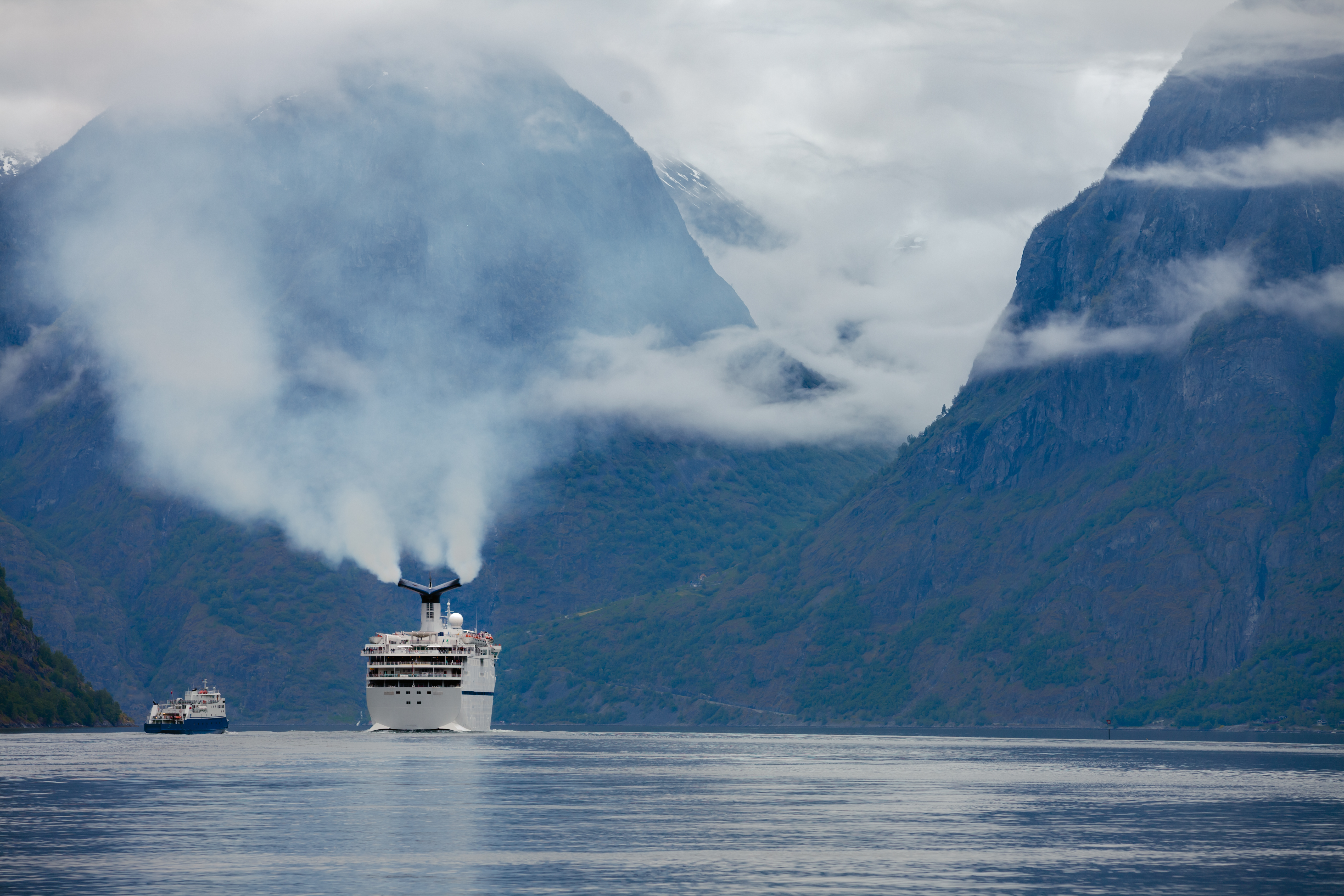
Cruise lines may promise smooth sailing, but tourist taxes can turn your “all-inclusive” escape into a budget-busting surprise. These aren’t just bureaucratic nuisances—they’re real costs that quietly stack up port after port, often without clear explanation. A few euros here, a couple of dollars there—and suddenly your final bill looks nothing like your booking receipt. The key isn’t to avoid these charges (most are unavoidable), but to anticipate them. Understand where your ship is docking, how local governments structure fees, and whether your cruise line includes—or excludes—them from your fare. It’s the difference between feeling duped and feeling in control. So next time you book that dream itinerary, don’t just look at the destinations—look at the fine print too. Because the smartest travelers don’t just plan where they’re going. They plan for what it’s going to cost them to get there, stay there, and leave.




